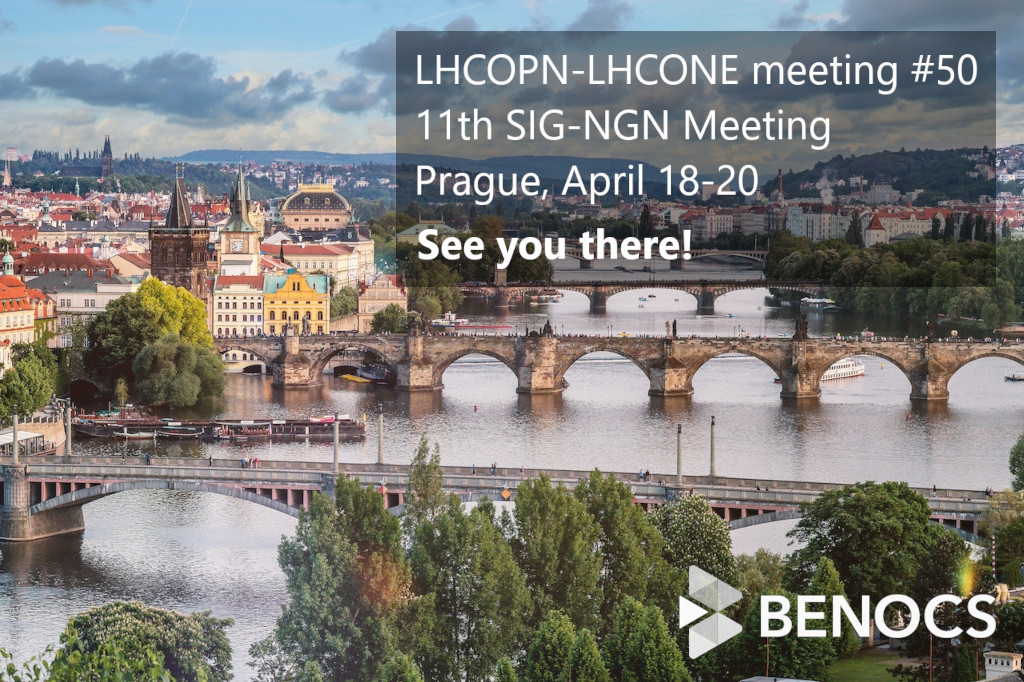From June 19-23, BENOCS senior network engineer Danny A. Lachos Perez attended IEEE NetSoft 2023 and had this to say:
“The IEEE NetSoft is the flagship annual conference on Network Softwarization, and I had the opportunity to represent BENOCS at its 9th edition held in Madrid, Spain last week. I attended inspiring Keynote Talks, technical presentations, and demo sessions. I was also chairing the co-located Workshop on Intent-Based Networking (WIN’2023), with very interesting presentations and panel discussions regarding the interaction between network management systems and end-users. NetSoft also included an extensive social program that was used to (re-)start discussions for future collaboration activities with different industry and academic institutions, including Telefonica (Spain), Universidade Estadual de Campinas (Brazil), Nokia (France), and Universitas Mercatorum – University of Italian Chambers of Commerce (Italy).”









